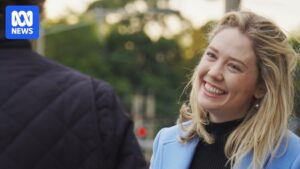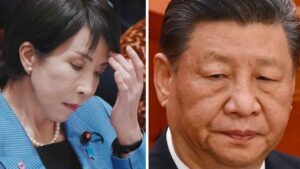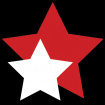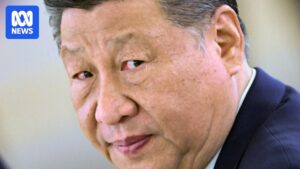
Winning a Rugby World Cup is no small feat. Recent tournaments have demonstrated the difficulty of advancing beyond the pool stages, let alone reaching the finals. As Australia prepares to host the 2027 Rugby World Cup, concerns are mounting that the Wallabies could face a similar fate to England’s disappointing exit from their home tournament in 2015.
The pressure of hosting a World Cup is immense, and Australian rugby must address several critical issues in the next 18 months to avoid a potential disaster. Key among these is the lack of depth at crucial positions, particularly at fly-half, where world-class talent is essential for success. The Wallabies’ current options at No. 9 and No. 10 are either injury-prone or have not met expectations, and their hookers have struggled with consistency.
Critical Positions and Selection Challenges
The fly-half dilemma is particularly pressing. Historically, teams that reach the World Cup finals boast exceptional players in this position. The Wallabies have not had a settled 9-10-12 combination with at least one world-class player, a situation that needs urgent attention. The selection process has been contentious, with debates over narrow attack strategies and passive defense tactics.
Meanwhile, the Wallabies must also contend with players being fielded out of position. This misalignment has prompted calls for a strategic overhaul, moving away from wishful thinking and towards pragmatic solutions. The expectation that the Wallabies can win consecutive Tests against Tier 1 nations without significant changes is increasingly seen as unrealistic.
Squad Composition: A Vision for 2027
In light of these challenges, a proposed squad for the 2027 World Cup has emerged, featuring a mix of seasoned professionals and promising newcomers. This squad emphasizes selecting players in their natural positions to maximize performance and cohesion.
- Loosehead Prop: Angus Bell, if fit, is a key player, with Tom Robertson as a backup.
- Hooker: Billy Pollard must improve lineout skills, with Richie Asiata providing impact from the bench.
- Tighthead Prop: Emerging talent Massimo de Lutiis could challenge established players like Allan Alaalatoa.
- Lock: Nick Frost and Will Skelton, with Lukhan Salakai-Loto offering mobility off the bench.
- Back Row: Tom Hooper at blindside flanker, Fraser McReight as captain, and Bobby Valetini at No. 8.
- Scrum-Half: Tate McDermott is the primary option, but competition is needed for depth.
- Fly-Half: Nathan Cleary is a controversial choice, but his skills and poise under pressure make him a candidate.
- Centres and Wings: Len Ikitau and Max Jorgensen, with Mark Nawaqanitawase returning to union.
- Fullback: Tom Wright, with Joseph-Aukuso Suaalii as a versatile backup.
Strategic Significance and Future Prospects
The inclusion of Nathan Cleary, a player with a strong rugby league background, highlights the Wallabies’ willingness to make bold decisions. Cleary’s potential signing underscores the need for creative solutions to bridge the gap until new talent emerges. His schoolboy union experience and recent praise from the Springbok camp add weight to his candidacy.
The Wallabies’ strategic focus is on building a squad capable of adapting to various play styles under the guidance of Les Kiss. The emphasis on selecting players in their natural positions aims to enhance team performance and address past shortcomings.
Expert Opinions and Historical Context
Rugby analysts have noted the parallels between the current Wallabies’ situation and past World Cup campaigns. The importance of a world-class fly-half cannot be overstated, as demonstrated by teams like New Zealand and South Africa, who have consistently fielded top-tier players in this role.
Experts agree that the Wallabies’ path to success will require a blend of experienced leadership and fresh talent. The proposed squad reflects this balance, with veterans like Will Skelton providing stability and younger players like Tom Hooper bringing energy and potential.
Looking Ahead: Implications and Next Steps
The Wallabies’ preparations for the 2027 Rugby World Cup represent a critical juncture for Australian rugby. The decisions made in the coming months will shape the team’s prospects and determine whether they can overcome the challenges of hosting a home tournament.
As the countdown to 2027 continues, the focus will be on refining strategies, building depth, and fostering competition within the squad. The Wallabies’ ability to adapt and innovate will be key to their success on the world stage.
In conclusion, the proposed squad for the 2027 Rugby World Cup reflects a commitment to strategic thinking and bold decision-making. By addressing key weaknesses and embracing new talent, the Wallabies aim to position themselves as serious contenders in the global rugby arena.







